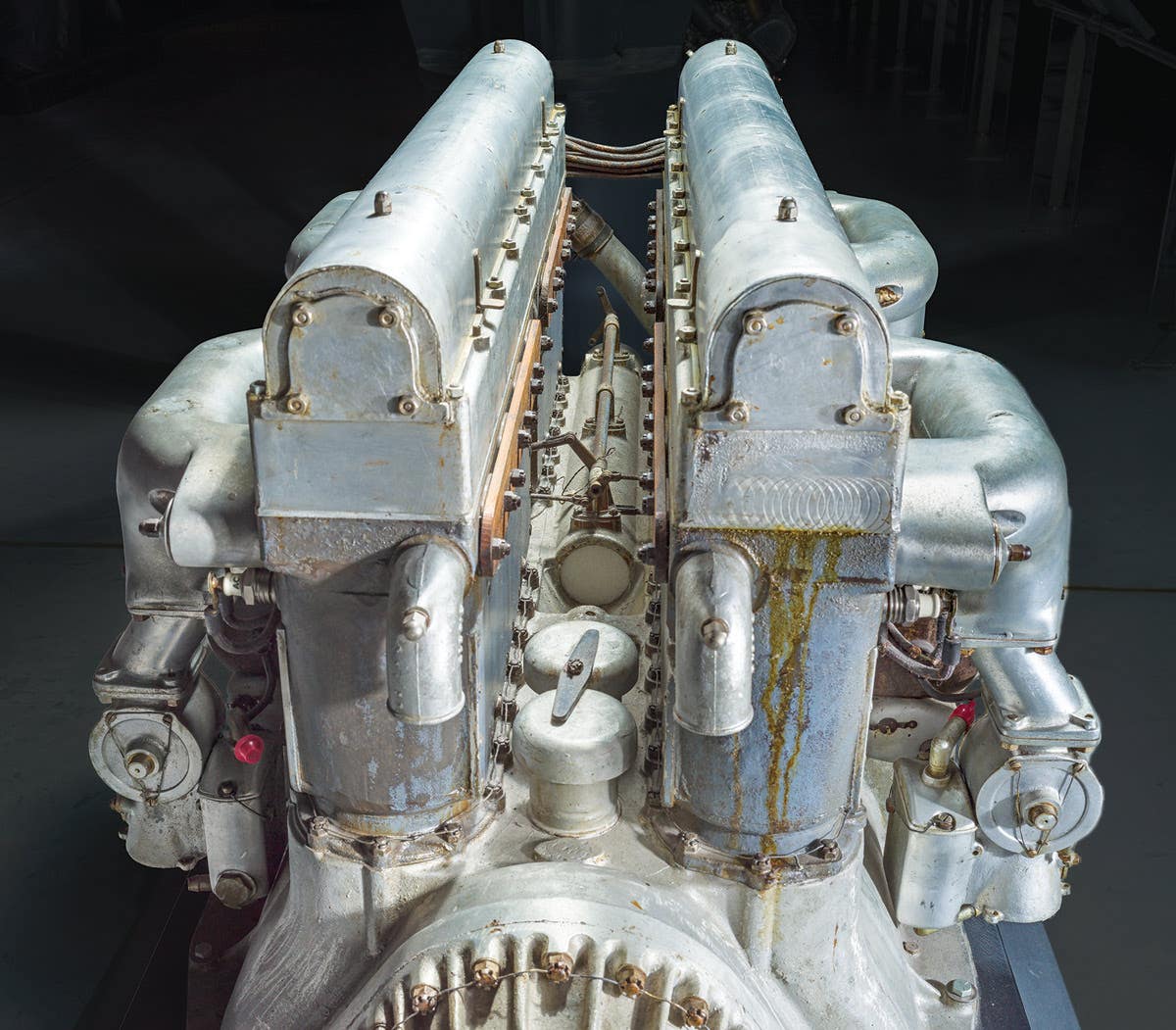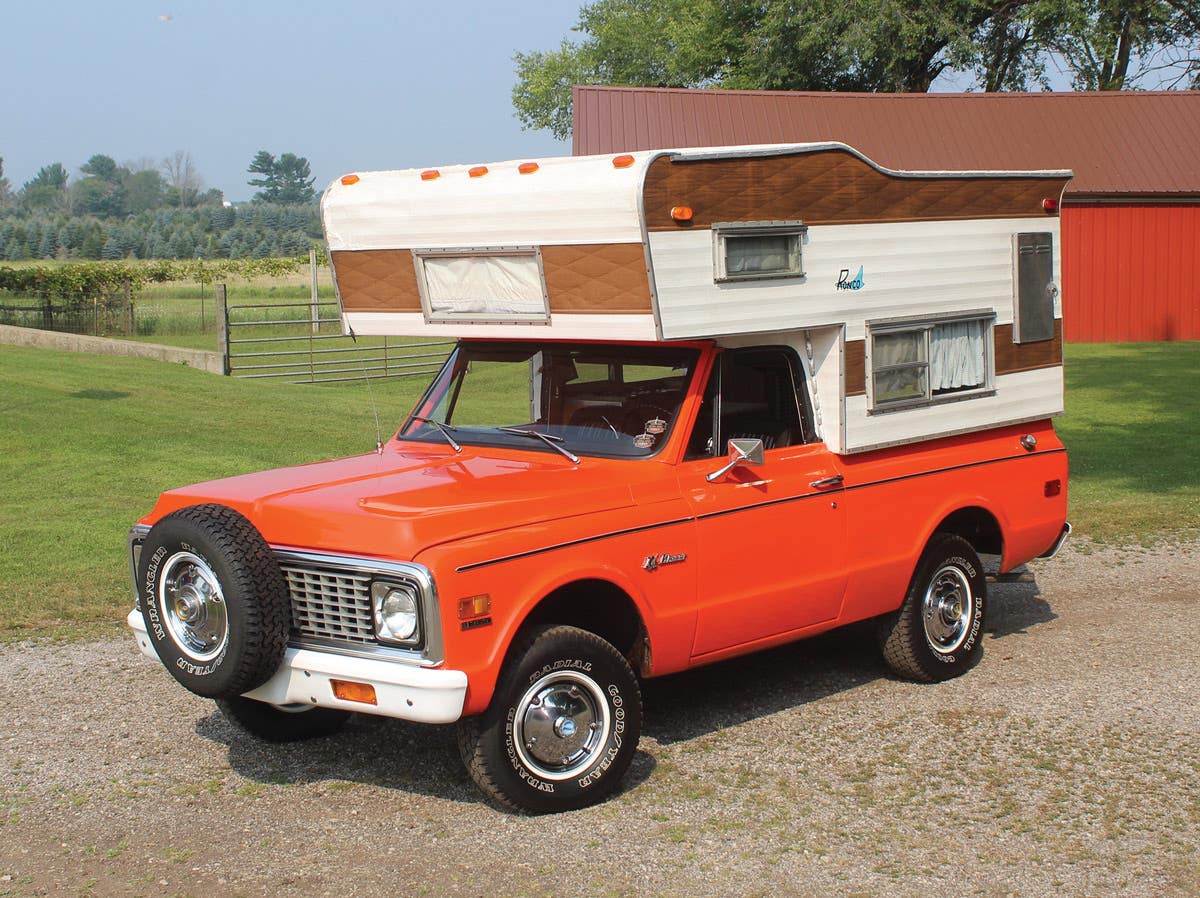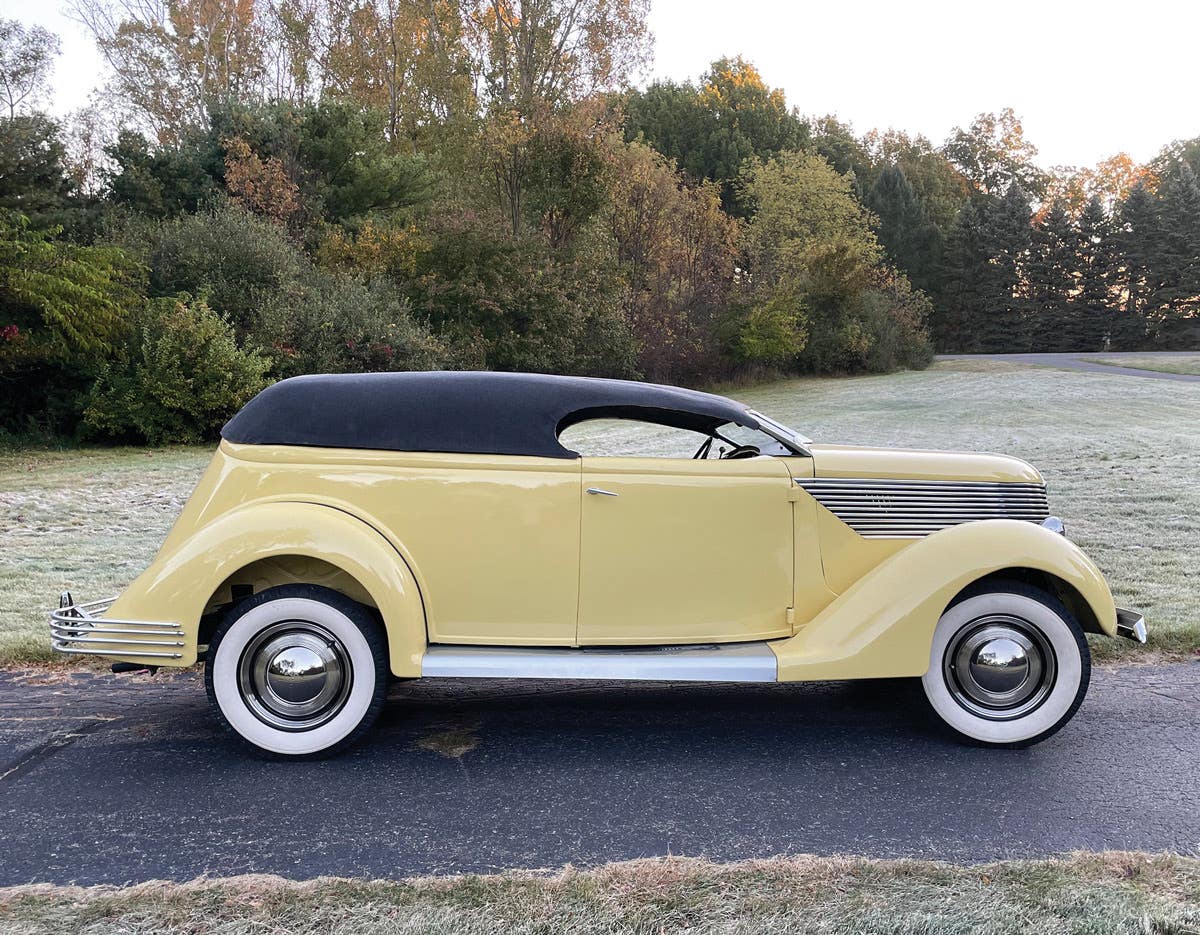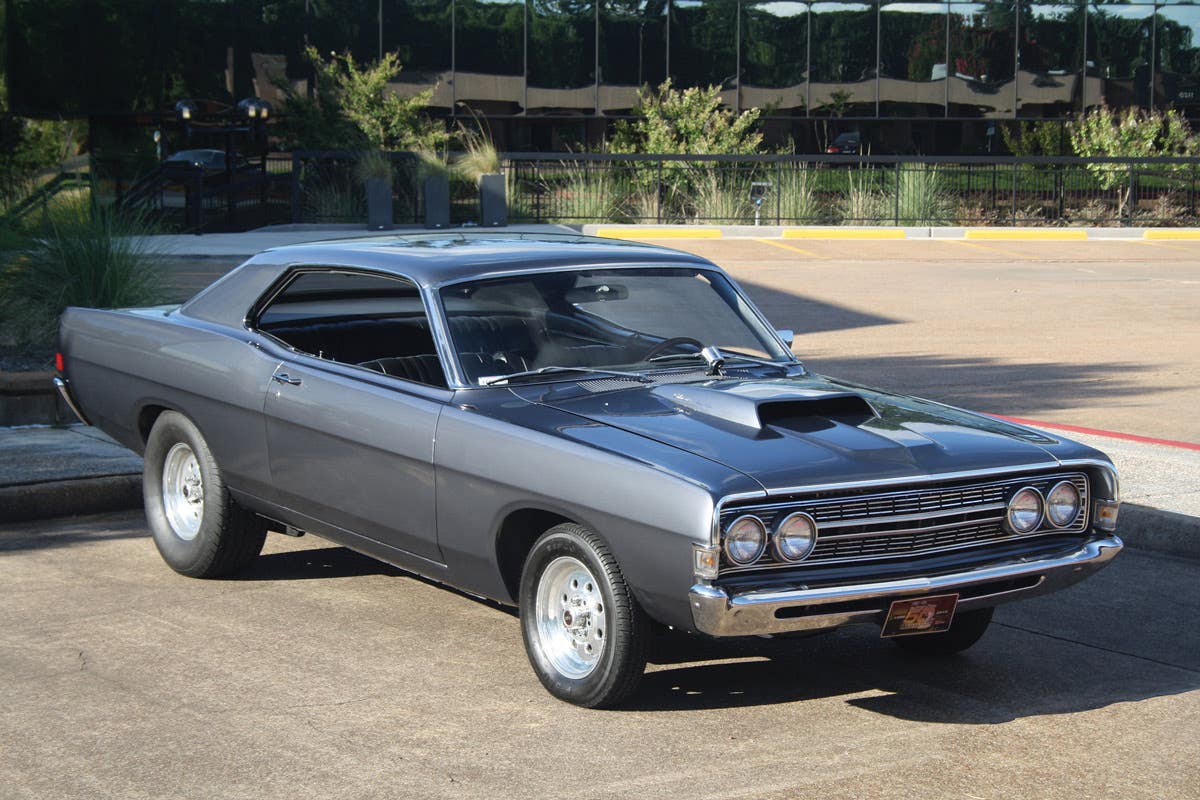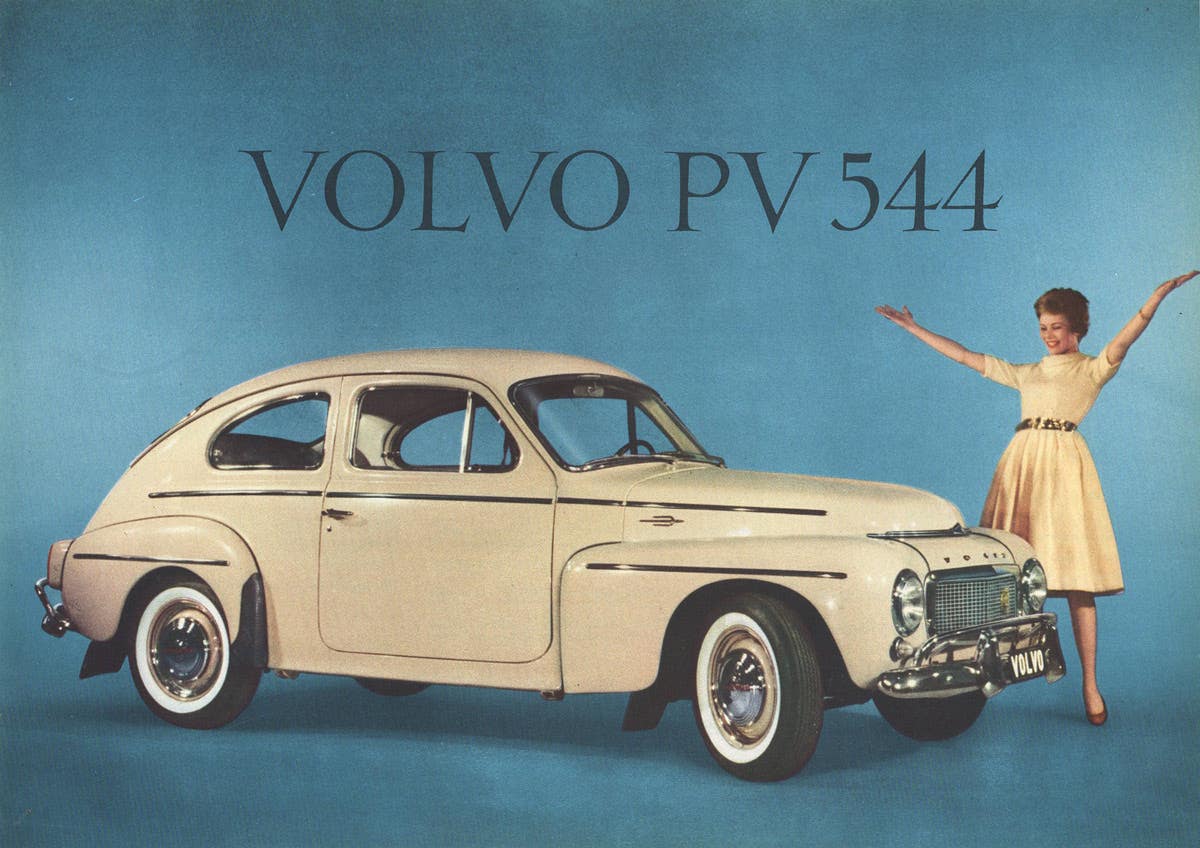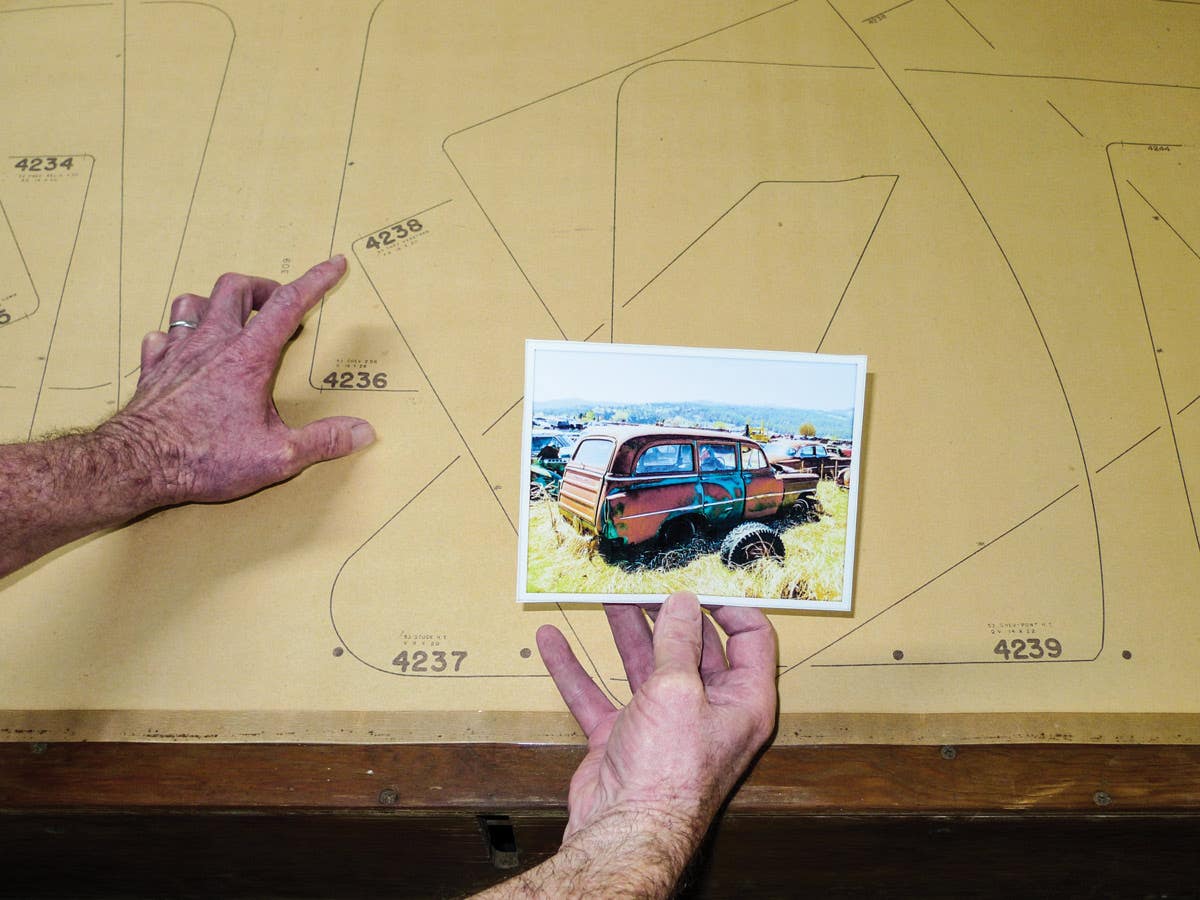In the ’60s, Detroit was thinking BIG
Smaller cars were in demand in the late 1950s when the economy was in recession, but demand for bigger American luxury cars rebounded to all-time highs in the 1960s.
The Lincoln-Continental four-door convertible
of the 1960s is a true classic design that marked
a departure from earlier and later Lincoln styling.
In the early days of motoring all cars were a luxury. After Ford’s spindly Model T put a car within reach of most American families, there were still luxury cars designed to transport the rich and famous to the boardroom or the beach.
The luxury cars of the Depression Era were really luxurious with custom coachwork built to fit the chassis. One special Duesenberg body cost “Twenty Grand.” These were hand-built automobiles with specially selected paint, upholstery and equipment. By World War II, the “Grand Classics” were vanishing.
During the ’50s, Cadillac was the dominant player in the luxury car niche. Packard produced some beautiful competitors, but it could not survive on high-end sales alone and couldn’t crack the “downstream” market without damaging its upstream image. Both Lincoln and Imperial lost their way, too. Cadillac managed to keep its luxury image intact, while still being the innovator at GM.
The 10 most expensive cars in America in 1960 fell into the “luxury car” category and offered just 14 body styles among them. Eight of the 10 offered a four-door sedan or sedan-limousine. In addition, there were four four-door hardtops, two two-door hardtops and a pair of convertibles:
1960s Highest-Priced Cars
Cadillac 60S Brougham
(four-door hardtop) $12,000
Lincoln Limousine $9,386
Cadillac Limousine $8,950
Cadillac 8-pass. Sedan $8,750
Lincoln Formal Sedan $8,435
Cadillac Eldorado Seville
(two-door hardtop) $6,817
Cadillac Eldorado Biarritz
(convertible) $6,817
Lincoln-Continental
(four-door sedan) $6,267
(four-door hardtop) $6,267
(two-door hardtop) $6,037
(convertible) $6,462
Imperial LeBaron
(four-door sedan) $5,770
(four-door hardtop) $5,770
Cadillac 60 Special $5,700*
*Introductory factory retail prices without tax, delivery and handling charges.
In 1960, only 187,586 cars priced at $4,401 or higher were made in the U.S. Some thought the luxury car niche was going to be less important in the ’60s, but they were wrong. The numbers reflected the fact that the 1957-1958 recession was still affecting the economy and that compact cars were attracting attention. But the economy would quickly rebound and luxury cars would return.
By 1962, the tides had turned. Strong buyer interest after the introduction of 1962 models in the fourth quarter of 1961 helped set an all-time industry sales record for that particular period. Model-year production in the high-priced-car category lept to 209,039. Also hitting record levels were sales of “luxury” extras like power steering, automatic transmission, bucket seats and air conditioning.
“Luxury, Performance and Size Keynote ’63 Models” was the headline of an article in Ward’s 1963 Automotive Yearbook that compared 1963 to the “Luxury Car Years” of 1929, 1941 and 1958. The article started by noting the lack of major facelifts or price increases for ’63 models “But the major trends in auto marketing which highlighted ’62 model sales — the longer look in car length and emphasis on the luxury models — persisted for ’63,” it advised.
Ward’s described a prestige car that “is elegantly appointed and improves the estimation of the owners, yet is not extremely high-priced or snobbish.” The article continued: “Primarily, one has to think of Cadillac, Lincoln Continental, Imperial and a few others as ‘luxury-priced’ automobiles. Actually, the price tags on these limousine-type cars demand it.” In Ward’s opinion, the luxury-car market was “static.” It represented only 2.8 percent of total production. However, the trade journal noted special and sports-type cars were getting “the luxuries and conveniences once confined exclusively to the very few top-price models.”
A ’63 survey of consumers visiting car dealers reflected the fact that the U.S. economy was doing well and that people were becoming interested in bettering their lifestyles and driving more luxurious cars. A truck driver making $9,000 a year was ready to purchase a luxury car. A body shop owner told the polltaker that he bought a new Imperial every other year. An autoworker who built Cadillacs for 25 years told a dealer that he was now earning enough to buy one.
The rising sales of almost-luxury cars and luxury cars in the ’60s made sense based on figures publicized by an auto industry executive that showed three million American households with incomes of more than $15,000 a year (in ’63 dollars). Also, 150,000 American males under 44 years of age were making more than $25,000 per year in ’63. Ward’s said, “Income seems to be the principal denominator in the selection of an automobile today, much more so than a person’s social status.” This reflected the growing youth market.
Although sales of Cadillacs, Lincolns and Imperials had been static, by the end of ’62 they started to take off. Between 1962 and 1969, total model-year output in the luxury niche would grow by over 100,000 units per year. Production showed an increase in each of those years, except ’67. In 1960, sales of luxury cars represented 3.06 percent of industry, By 1969, they grew to 3.64 percent.
In 1967, AMC probed the almost-luxury segment with its upgraded-to-full-size Ambassador in special DPL livery. Cadillac added the new “sports-styled” Eldorado. The luxury-car niche grew in 1968. Contributing nearly 8,000 units to the record count was a new 1968-1/2 Lincoln model called the Mark III. The Buick Electra, Chrysler New Yorker, Ford LTD and Olds 98 also did well.
In 1969, Chrysler grew the already-large Imperial by five inches in length and the AMC Ambassador got a four-inch longer wheelbase. Cadillac had its fifth successive record calendar-year sales season with a whopping 22.1 percent increase in dealer deliveries. Thanks to strong business surrounding the Mark III model, calendar 1969 ended with Lincoln establishing a new record, too. The Chevy Caprice, Ford LTD and Ambassador DPL also did great.
THE “BIG 3” in LUXURY
1960-1969 Cadillac
Cadillac dominated the U.S. luxury car market during the ’60s. No other high-priced-car maker came close to Cadillac’s sales or production numbers. The ’60 Cadillac sported a modest clean-up of the ’59 look. A 1961 restyling had a crisp, lean look with sculpturing. Sharp, angular lines characterized the upper body. The five series were 62, DeVille, Eldorado convertible, 60 Special and Fleetwood 75. All models now had the 390-cid/325-hp V-8. Eighty-seven percent of all ’61 Cadillacs were hardtops and 57 percent of the hardtops had four doors.
Marking its 60th anniversary, Cadillac made just one major design change in ’62 — an entirely new roof was used on five models and gave them a “classic silhouette.” The new Series 62 Town Sedan and the DeVille Park Avenue short-deck sport sedans were built for San Francisco dowagers with shallow garages. While the ’63 Cadillac car had a new grille, hood and deck lid, new body panels and more than 70 technical updates. New features (some optional) included a new driveline less sensitive to roads or loads, an alternator instead of a generator, a six-position movable steering column and a four-way tilting driver’s seat. All ’63 Cadillacs used a lighter new 390-cid V-8.
Performance took over at Cadillac in ’64. A 429-cid/340-hp V-8 was new, as was Turbo Hydra-Matic drive. A completely-automatic Comfort Control heating and air conditioning system arrived. Gone was the Biarritz. In 1965, the Calais replaced the Series 62. A broad new grille had vertically-mounted round headlights. True tail fins disappeared. Frameless windows with curved side glass came to the Cadillac line. On November 4, the 3 millionth Cadillac, a Fleetwood Brougham, was built.
Big Series 75 stretch sedans and limos were restyled in ’66. From 60-70 percent of all limos went to the government or businesses. Other Cadillacs got a facelift and less chrome. Variable-ratio power steering and optional electrically-heated front seats were new. Headrests were introduced, a reclining front passenger bucket seat was available and a new AM/FM stereo was offered.
A new body side look made ’67 Cadillacs seem longer and more sculptured than before. There was also a new formal roof line patterned after that of the Florentine show car. The big news was a sporty, front-wheel-drive Eldorado. In 1968, recessed windshield wipers arrived and a bigger 472-cid/375-hp V-8 was used. For the first time in its history, Cadillac built over 200,000 cars.
1960-1969 Lincoln
The ’58 Lincoln body and engine continued into 1960 with modest change. Four models were offered. They were the largest regular-production models of the year. They had a 131-in. wheelbase and 229-in. overall length.
The 1961 Continental showed the world just how beautiful a production American car could be and was one of the most influential cars of the decade. The Continental came as a sedan ($6,067) and a convertible ($6,713). It was the open car that caused a stir, since it had four doors like the closed car. Lincoln turned out just 2,857 of the convertibles in ’61, but it was a great image car. With its 22,303 assemblies, the sedan made total production a bit higher than in 1960.
With a eight-inch shorter wheelbase, the ’61 Continental was an amazing 15 inches shorter than the ’60 model. Under the hood was Lincoln’s 430-cid 300-hp V-8. Standard equipment for all Continentals included automatic transmission, power brakes and steering, power windows and power door locks. An air conditioner priced at $505 was installed in 65 percent of the cars.
The elimination of front bumper guards, the use of a new type of individual headlight trim, a narrower center grille bar and a semi-honeycomb style grille insert (repeated at the rear) were changes for ’62. Although the ’63 Continental didn’t look drastically different, it had some alterations. A new grille looked a bit richer. The rear deck was raised and bright metal trim on the rear of the car was re-arranged. The interior was roomier and had more legroom all around and more rear headroom. There was new upholstery inside, as well as a new instrument panel. Lincoln added a four-barrel carburetor and replaced the generator with an alternator. Lube intervals went to 30,000 miles (from 6,000).
Without changing the basic look of the slab-sided Continental, Lincoln extended the ’64’s wheelbase and overall length by three inches. The roof was also five inches wider and the convertible had a new low-contour roof design.
The ’65 Lincoln Continental had a new hood and grille that made the design look slightly more horizontal. Front wheel disc brakes were added to the standard equipment list and a transistorized ignition system was optional. For 1966, the Lincoln was completely restyled for the first time in five years. The big update was a five-inch larger body on the same chassis. There was also a new a two-door hardtop and a new 472-cid/340-hp V-8. The ’67 model Continental was basically unchanged. A new grille and a more luxurious interior were featured.
A more formal roofline was added to the ’68 Lincoln Continental. Also restyled were front and rear. The big news was the April arrival of the Mark III with its rear-mounted tire motif, neo-classic and disappearing headlights. The two-door, four-passenger coupe had a 460-cid/365-hp V-8 and cost $6,585.
The ’69 Continental got a Mark III look. Overall length was increased 3.2 inches to 224.2. A plush new Town Car décor option featured soft leather seat inserts and other luxury items. The Continental Mark III was virtually unchanged.
1960-1969 Imperial
Designer Virgil Exner’s wild, tail-finned look for Imperials carried over into 1960. The headlights were tucked under overhanging front fenders and an overlapping roof was seen. Power came from a 413-cid/350-hp“wedge” V-8. Imperials were served up in four series running from payday-loan-rich to “Snob Hill” fancy. On top were two four-door LeBarons with a limousine-like rear window treatment. A $16,000, custom-made Crown Imperial Limo built by Ghia coachbuilders of Italy was ordered by just 16 buyers.
The ’61 Imperial had moderate styling tweaks like unusual free-standing headlights patterned after the bullet headlights on Al Capone’s getaway car. The grille had a simpler design. At the rear were “shark” fins. Pricing ranged from $4,925 for a Custom two-door hardtop to $16,000 for a limo. For ’62, the Imperial kept the same basic body, but the rear styling theme changed considerably. High rear fenders lost the wild fins. The taillights were stuck on the tops of the fenders. The front used two grilles with a vertical divider and free-standing headlights.
A new grille, a flatter roof and minor rear end mods were the main ’63 Imperial styling changes. Designer Elwood Engle had “jumped ship” at Ford to replace Exner. Other changes included new brakes. Power windows, compartment-type rear armrests and remote-control mirrors were standard. For 1964, the Imperial lineup was reduced to four cars in two series. Ten Crown Imperial limos were also put together by Ghia in Italy. Styling was influenced by the slab-sided Continental, which Engle had helped design. Sales were the second best in Imperial history. Even the convertible saw 922 units produced.
A new two-piece die-cast grille with rectangular-framed dual headlights protected by a heavy panel of tempered glass was used on the ’65 Imperial. A revised Torque-Flite transmission was quieter and smoother. A new Sentry Signal warned drivers to check the gauges when high temperature, a low fuel level or low oil pressure was detected. Power vent windows were standard on all Imperials for the first time. The last 10 custom-built Ghia limousines were made.
The ’66 Imperial was modestly changed. Updates included a new 440-cid/350-hp V-8 and a new split-bench front seat.
The ’67 Imperial was dramatically different. It witched to unit-body construction. The wheelbase was reduced two inches. Overall dropped three inches. A four-door sedan returned to the lineup and front disc brakes were standard. New was an electrical mechanism that moved the front seat forward when its back was tilted for rear seat entry, an optional front seat that rotated 180 degrees rearward and a utility table that pulled out so Type A business executives could work while driving. Only minor revisions were made in 1968.
After shrinking in its last redo, the ’69 Imperial went the other way. While retaining a 127-inch wheelbase, the new “airplane fuselage” body was five inches longer. A restyled grille and retractable headlights (with a manually operated fail-safe device) were innovations. A transistor voltage regulator, optional glass-belted tires, better power steering and a swing-type gas pedal were new.
CLICK HERE to tell us what you think in the Old Cars Weekly forums



